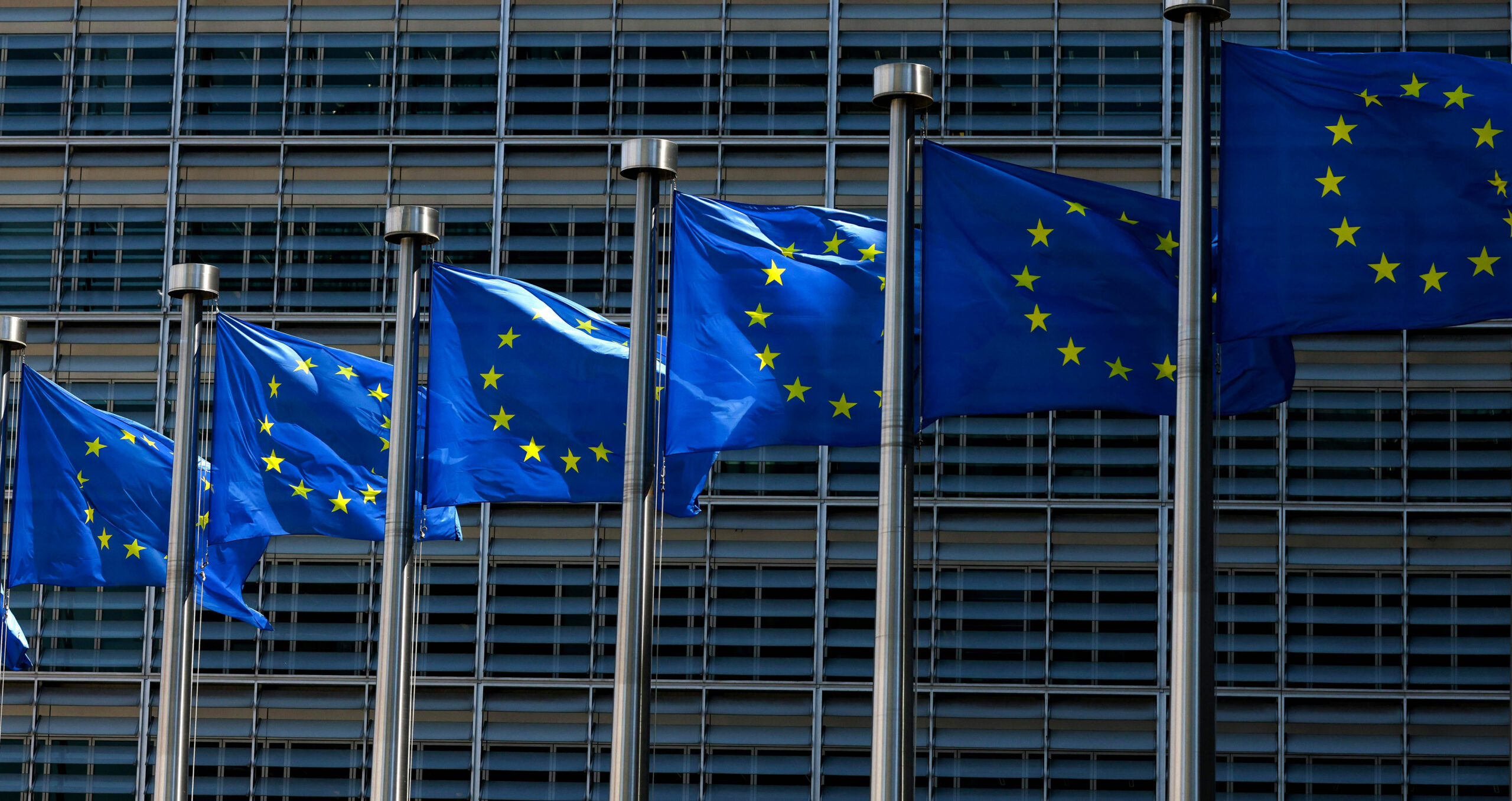

A Eurosif white paper proposes a new classification system that seeks to go beyond SFDR, the EU taxonomy and MiFID II by including how investment approaches contribute to the green transition.
EU sustainable investment advocacy group Eurosif, working with the University of Hamburg, has published a white paper outlining a new classification for green assets, to overcome what it considers a lack of ambition in current systems.
The proposed categorisation is based on an investment’s ambition level – which describes how far an investment seeks to actively support the transition towards a more sustainable economy.
According to the paper, the Sustainable Finance Disclosures Regulation and the Markets in Financial Instruments Directive II are two key regulations that seek to increase transparency and enable investors to reorient capital.
According to both regulations, however, sustainable investments would also include investments that may or may not actually contribute to a transition towards a more sustainable economy. For example, the SFDR’s definition of sustainable investments does not distinguish between investor impact and company impact; while the criteria for measuring company impact “are not very ambitious”, the white paper says.
It adds that both the SFDR and EU taxonomy regulations are focused on identifying the most sustainable investments, but offer little guidance on how investors can help investees to transition.
Eurosif proposes that investments should be classed in a range of approaches going from low to high: exclusions-focused, basic ESG investments, advanced ESG, impact-aligned and impact-generating.
The white paper says the classification is not intended as a guide on how to implement existing regulation, and that its aim is to illustrate how investments can accelerate the just and sustainable transition of the real economy.
Roots of research
A spokesperson for Eurosif says it started this work following recent regulatory developments that seek to distinguish investment strategies without including the idea of transition in their focus.
“During our annual work on market study, the need for this type of [research] – meaningful product classification – has emerged. We wanted to foster industry and academic discussions on measuring market trends and questions around the proliferation of labels, the definition of ‘sustainable investing’ and criteria to define product classification,” the spokesperson says.
Together with the University of Hamburg, Eurosif has attempted to provide inputs on possible solutions regarding the questions that policymakers, regulators and practitioners are trying to address. However, some in the industry question whether a further classification model is necessary, or if current regulations should simply be amended instead.
Confusion possible
At Allianz Global Investors, head of sustainability research and stewardship Mark Wade says additional classifications will just become more confusing. “You don’t solve a jigsaw by throwing in another puzzle,” he says. “It is confusing enough and there is broad-based resentment about the time, cost and resources being deployed at both investor and company level to achieve an unclear target and one that may change or evolve.”
Many investors are already confused as they do not know how they are going to be able to meet the different regulatory requirements, be they EU requirements at the product or distribution levels, or local markets. Wade says confusion comes from data demands that are outpacing data supply.
There is also a “structural lack of understanding about the interplay between footprint (something we need to reduce) and handprint (something we need to increase)”, he says. In order to achieve genuine climate, planetary boundaries and socially inclusive goals on a global scale, there needs to be clear and concise core binding principles that all regions can review and adopt.
Wade says that, as a global asset manager, when Allianz discusses regulation with investors outside of continental Europe, “there is a general sense of bemusement and a ‘wait and see’ approach to see which elements work and which do not”.
Amending current regulations
Meanwhile, at Trium Capital, manager of the Trium Sustainable Innovators strategy Raphael Pitoun says: “We do not see the value added for creating a new classification system beyond SFDR, [the] EU taxonomy and Mifid II.”
What would be more advantageous for investors, says Pitoun, would be to create clearer, more in-depth classifications within the existing systems, which would be a better reflection of how ‘green’ a fund is.
He says this has already been reflected in Eurosif’s recent recommendations for adjustments to SFDR, which includes the introduction of a new category for Article 8 of products focusing on sustainability risks and opportunities.
This would entail a distinction made between financial products taking into account sustainability-related risks and opportunities, like focusing on financial materiality; and financial products integrating sustainability considerations at the investment process, either through some environmental or social characteristics or taking a more holistic approach through a ‘do no significant harm’ lens.
Wade also says that SFDR and Mifid II should not be separate and that greater coordination with local regulators in the EU larger markets would be welcomed.
In response, the Eurosif spokesperson says it is important to stress its research is a white paper, which aims to stimulate further thinking and developments in this area.
Similar Articles

Explainer: The IRA begins to attract overseas battery manufacturers to the US

In Brief: EU clean tech investment soars; US increases tariffs on Chinese imports


